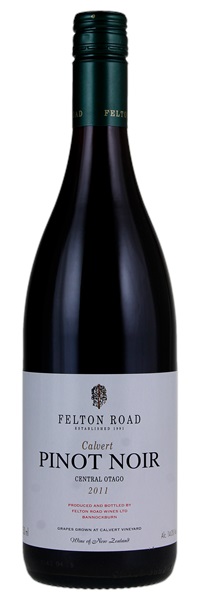Estimate

...savory with a spice and plum and dried strawberry character. Full and racy with fine tannins and a long finish. Racy and clean. Turns mineral. Lovely tension.
...notes of black cherries, cloves and earth with hints of nutmeg and iron ore...medium-bodied...fine tannins and a medium to high level of acid. It has a long and earthy finish.
Offers nice aromatics, with black tea, cinnamon and mahogany notes, showing plenty of intensity from the smooth, round plum, cherry and berry flavors. Finds a good balance, exuding elegance and power, with a long finish.
Sweet-sour cherry scent with additional oak sweetness...delicate and refined. Fine dry finish, tannins polished already.